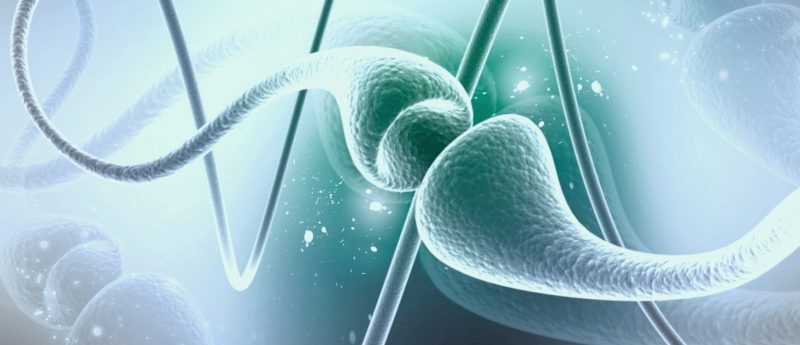Serotonin neurons created from human pluripotent stem cells

Researchers at the Waisman Center at the University of Wisconsin-Madison (WI, USA) have generated serotonin-producing neurons from human induced pluripotent stem cells.
Serotonin plays a wide-ranging role in the brain including in emotions, sleep, anxiety, depression, appetite, pulse and breathing, and is therefore involved in serious psychiatric conditions such as schizophrenia, bipolar disorder and depression. A research team from the University of Wisconsin-Madison (WI, USA) has created serotonin-secreting nerve cells that also showed the expected response to electrical stimulation, in the hopes of identifying better, personalized therapies for patients with psychiatric diseases.
The study began with both embryo- and adult-derived stem cells. Because serotonin neurons form before birth, the researchers had to recreate the chemical environment found in the developing brain in the uterus. “That sounds reasonably simple, and we have made so many different types of neural cells. Here, we had to instruct the stem cells to develop into one specific fate, using a custom-designed sequence of molecules at exact concentrations. That’s especially difficult if you consider that the conditions needed to make serotonin neurons are scarce, existing in one small location in the brain during development,” stated Su-Chun Zhang from the University of Wisconsin-Madison.
They confirmed that the new cells acted like serotonin neurons by demonstrating that the neurons “responded to some FDA-approved drugs that regulate depression and anxiety through the serotonin pathway,” explained Zhang.
First author Jianfeng Lu claims this is the first conclusive incidence of serotonin neurons successfully being generated in the lab. “Previously, labs were producing a few percent of serotonin neurons from pluripotent stem cells, and that made it very difficult to study their cells. If you detect 10 neurons, and only two are serotonin neurons, it’s impossible to detect serotonin release; that was the stone in the road.”
The team achieved this result by methodically testing different growth factors to the ones used in mouse studies. “It was not exactly trial and error,’ stated Zhang: “we have some rules to follow, but we had to refine it little by little to work out–one chemical at a time–the concentration and timing, and then check and recheck the results. That’s why it took time.”
They hope that the reprogrammed neurons will help develop better drugs thanks to potentially better modeling that in mice and rats. Zhang explained: “Particularly because they are from humans, these cells may lead to benefits for patients with depression, bipolar disorder or anxiety. These are some of the most troublesome psychiatric conditions, and we really don’t have great drugs for them now.”
Sources: Lu J, Zhong X, Liu H et al. Generation of serotonin neurons from human pluripotent stem cells. Nat. Biotechnol. doi:10.1038/nbt.3435 (2015) (Epub ahead of print); http://medicalxpress.com/news/2015-12-serotonin-neurons-human-stem-cells.html.
Have any additional questions about this story? Ask us in the comments, below.
Find out more in these top picks from the Editor:
- Genetic therapies for neurodegenerative diseases: an interview with Sarah Tabrizi – Neuro Central
- A first-in-human, gene-silencing treatment for Alzheimer’s disease with Catherine Mummery – Neuro Central
- Stem cell therapies for Parkinson’s disease: current status and future perspectives – Neuro Central